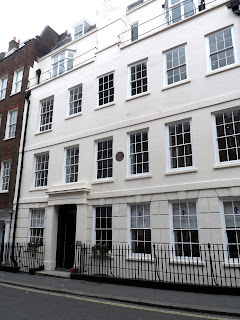Grutas Park is a sculpture park in woodlands deep in the
Lithuanian countryside. It is otherwise known as Stalin World, as though it
were Lithuania’s answer to Disney World. Perhaps it is.
The main feature of the park is the collection of dozens of
statues and busts of former Communist leaders, including Lenin, Stalin, Karl
Marx and the founders of the Communist regime that ruled Lithuania when it was
part of the Soviet Union before 1990.
Grutas Park was the brainchild of Viliumas Malinauskas, who was at various times a heavyweight wrestling champion, a
Soviet-era soldier and the manager of a collective farm. After the fall of
Communism he made a fortune from mushroom farming, and it was this money that
led him to create Stalin World.
In 1998 he bought many of the statues and busts that now
grace the park when these came up for auction having been removed from public
display in various towns and cities. Some of these were enormous lumps of
granite or bronze whereas others were relatively small. Many had been damaged
when being toppled from their previous places of honour.
Malinauskas had no wish to venerate these people – many of
whom had been responsible for the death of thousands of people, but to remind
visitors of the history of the Soviet Union and how terrible it had been.
To this end, Malinauskas acquired other features of the
Soviet system, such as watchtowers from which Soviet-era military music blares,
and other reminders of the “gulag” system of camps for political imprisonment.
The closest one gets to a Disney World experience is the short train ride one
can take in a cattle wagon – ushered on board by uniformed guards – to a
reconstructed prison camp surrounded by barbed wire.
After opening Grutas Park in 2001, Viliumas Malinauskas
reminded visitors that it was better to see something once than hear about it
ten times.





















